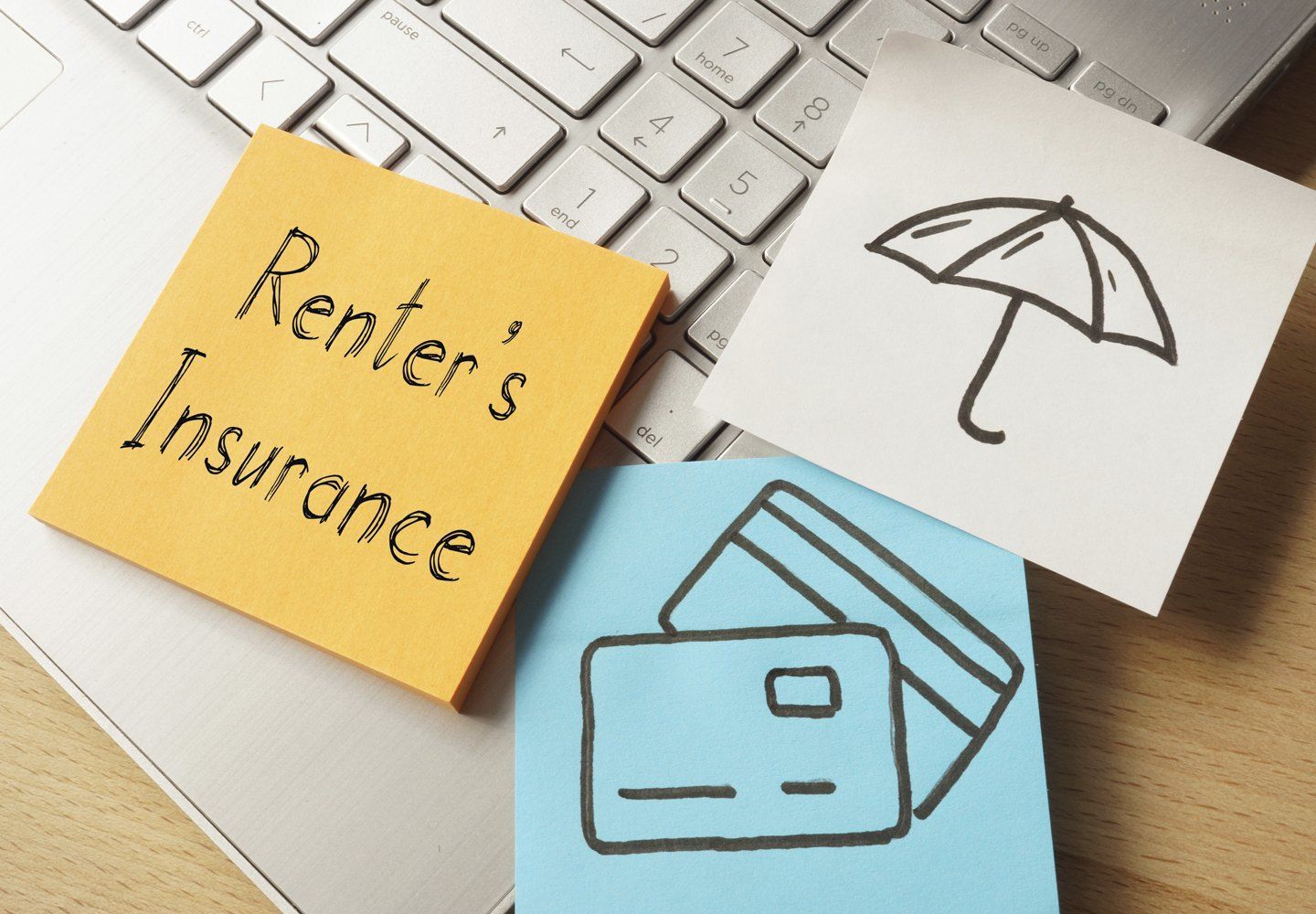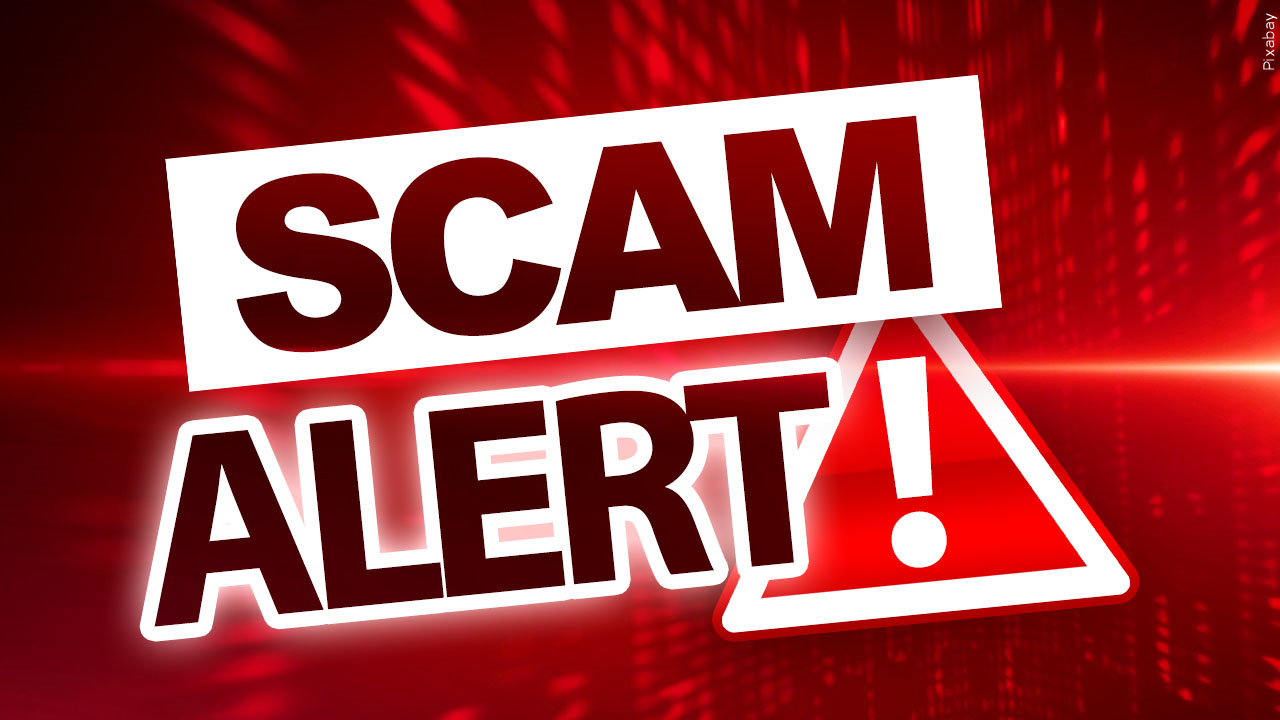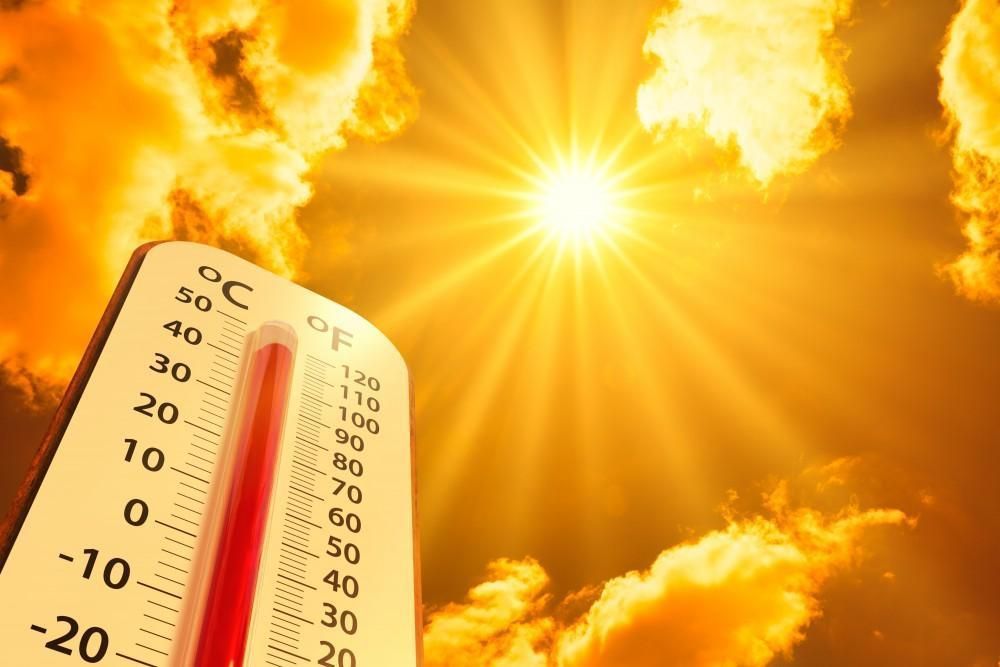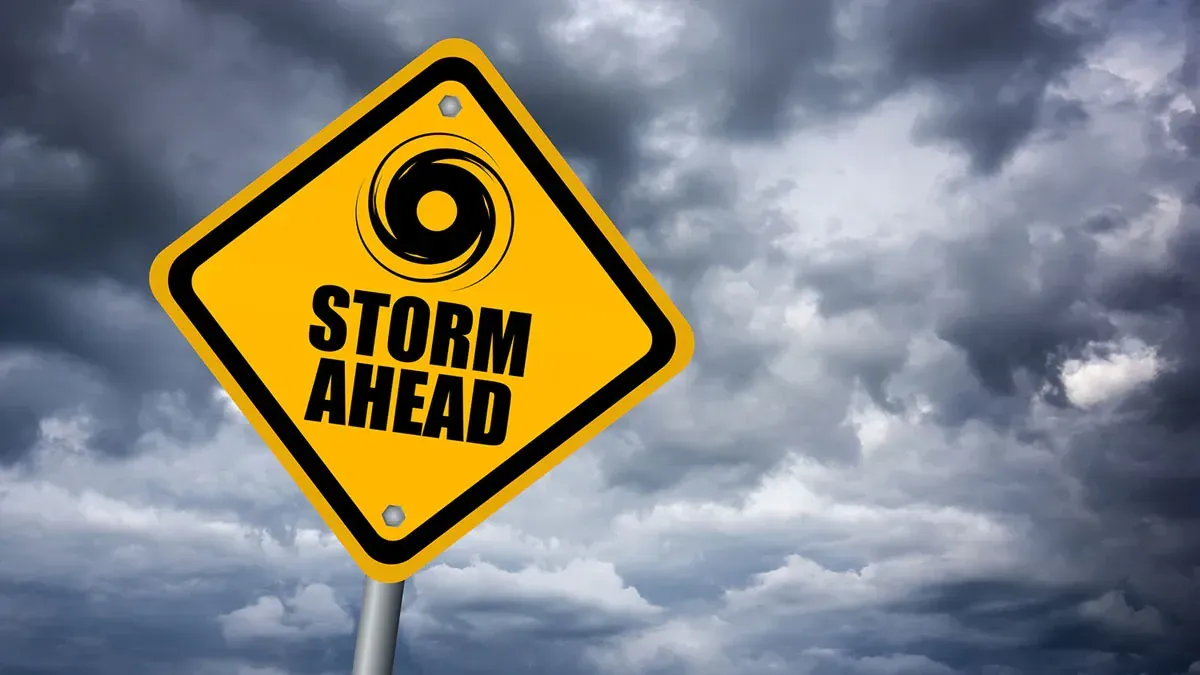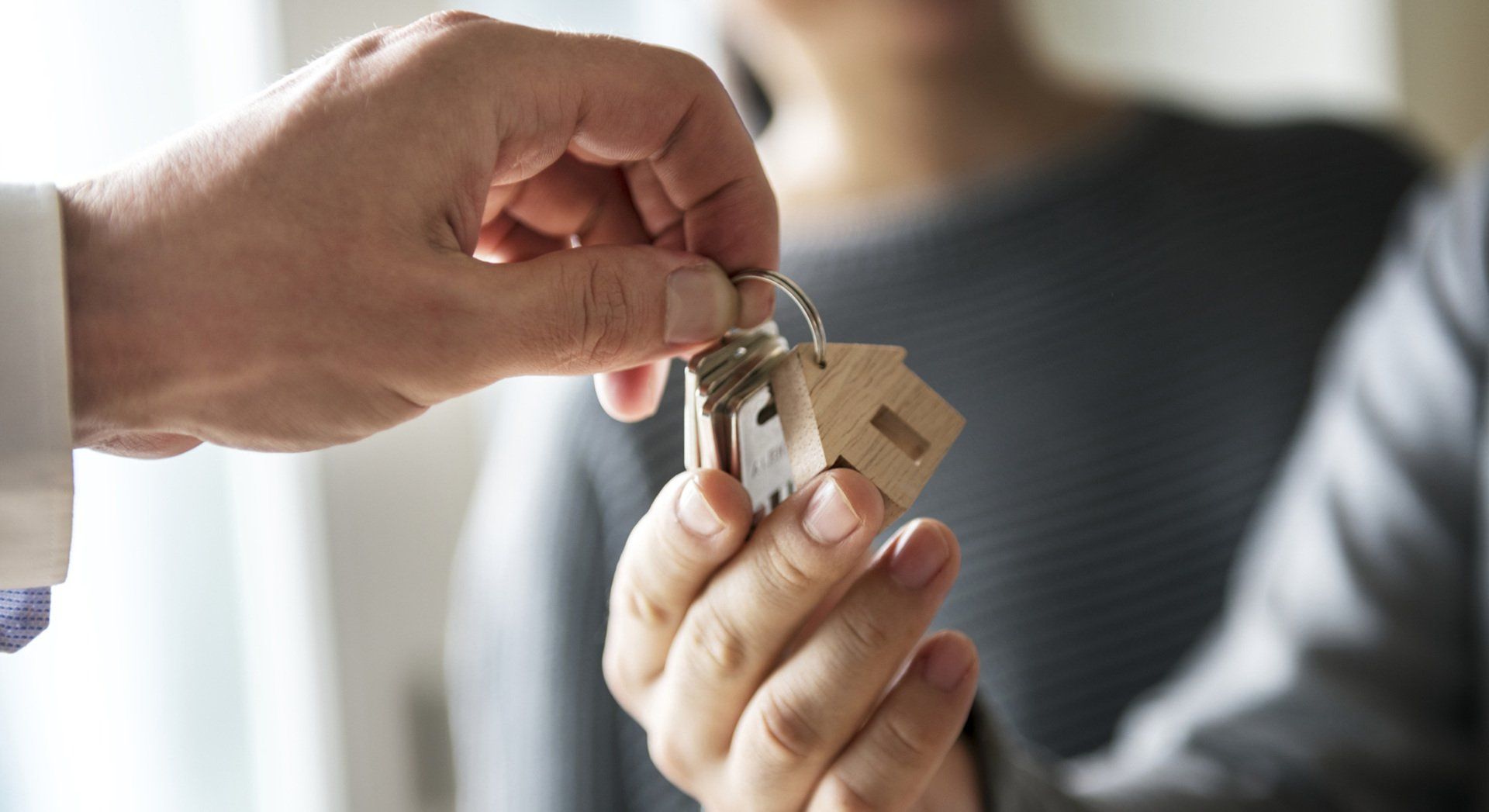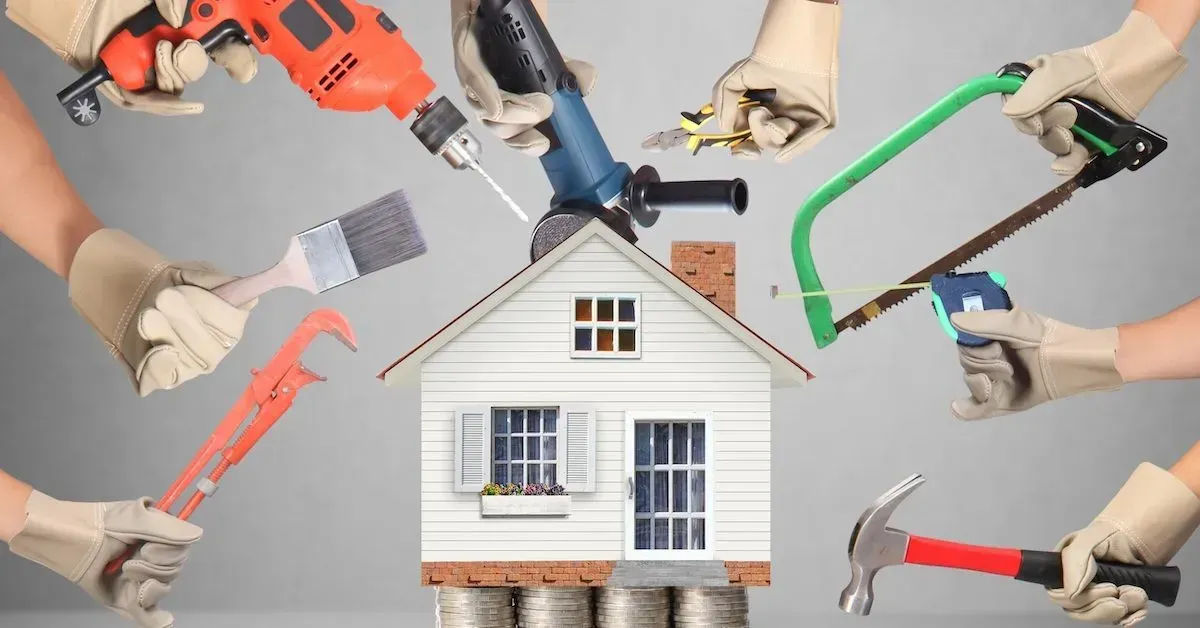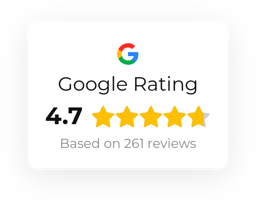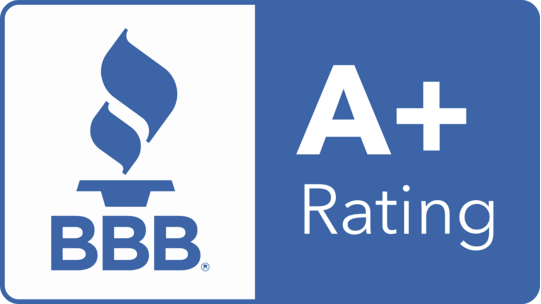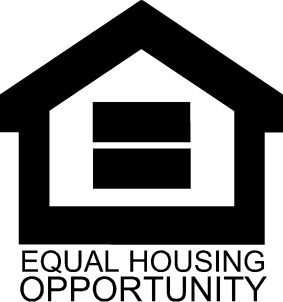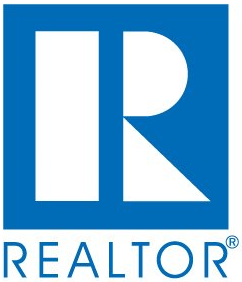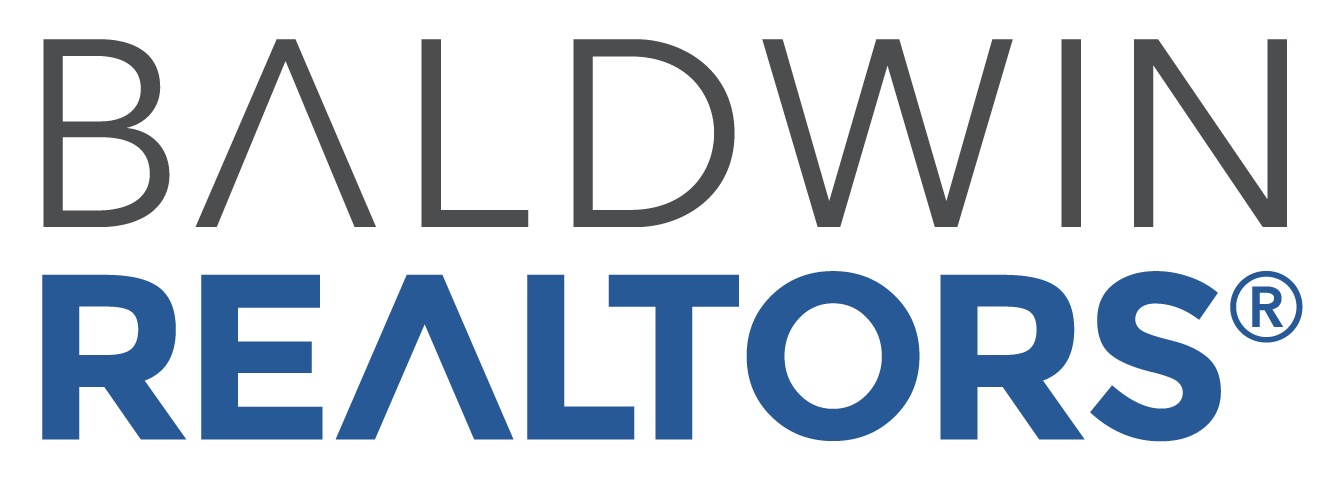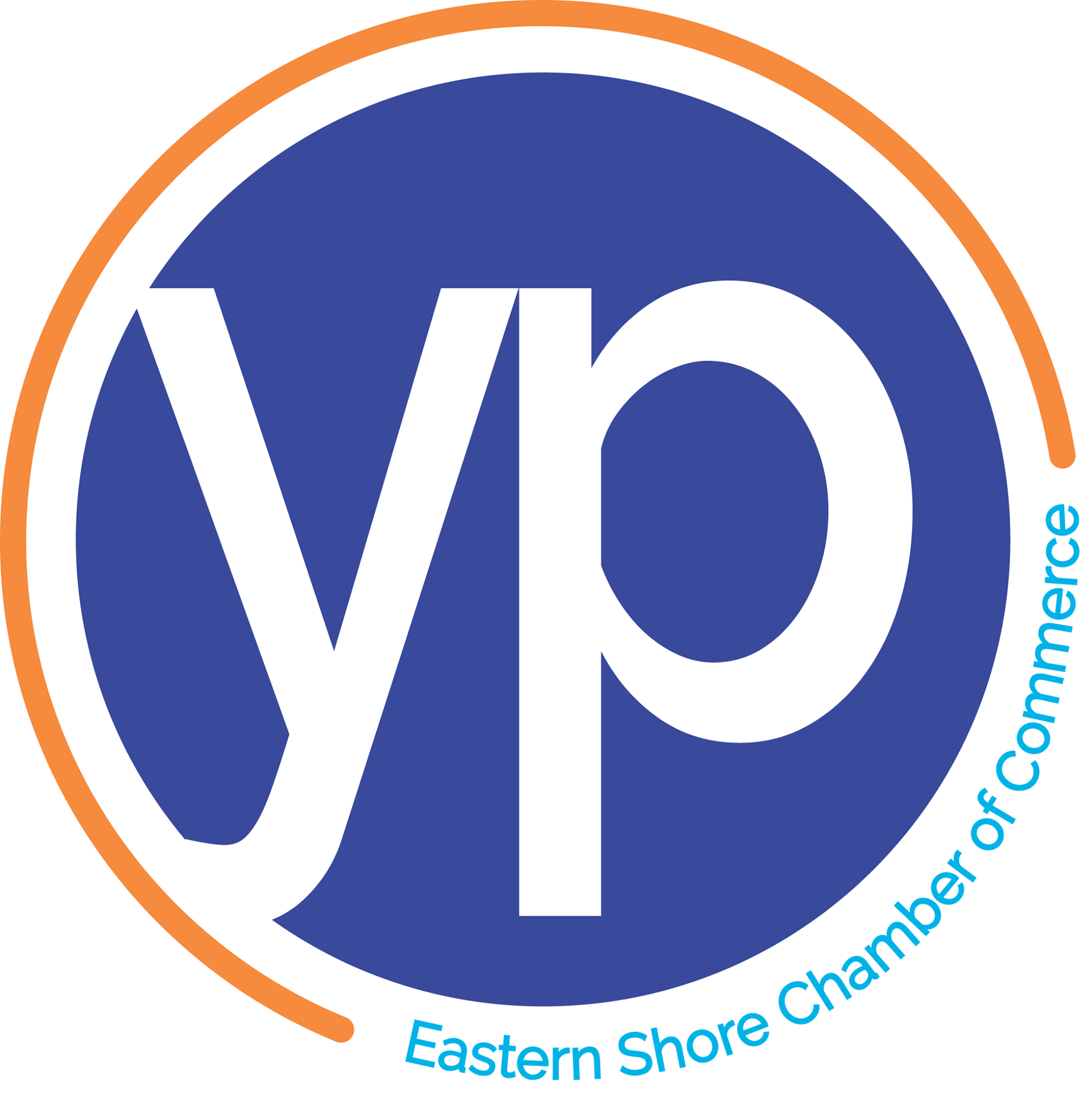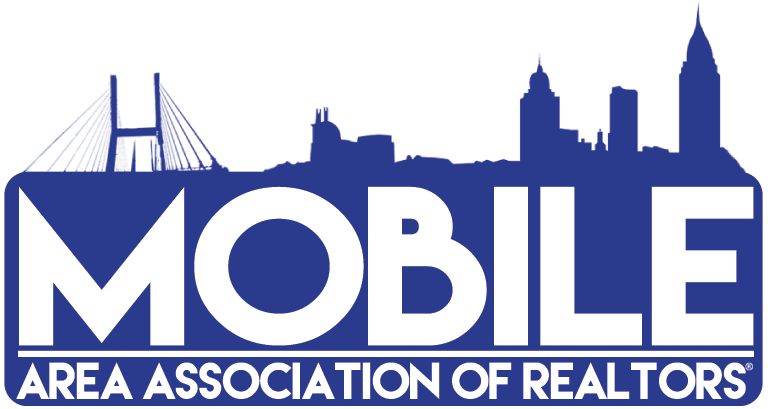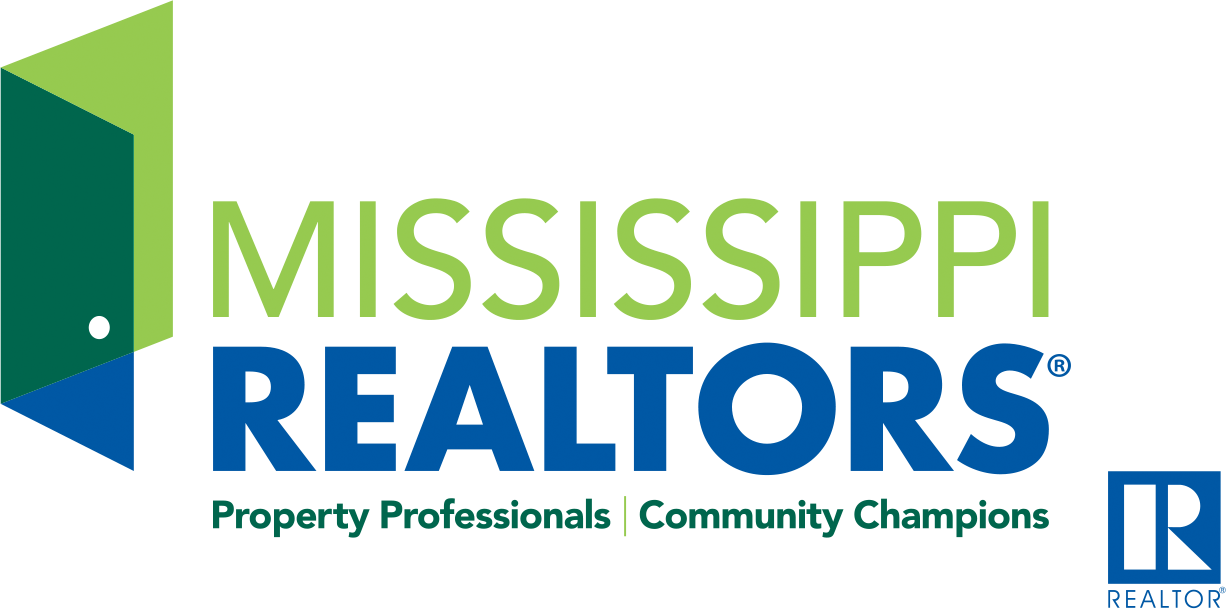2024 Gulf Coast Hurricane Season
Predictions for 2024 Gulf Coast Hurricane Season and How It Could Affect Rental Properties
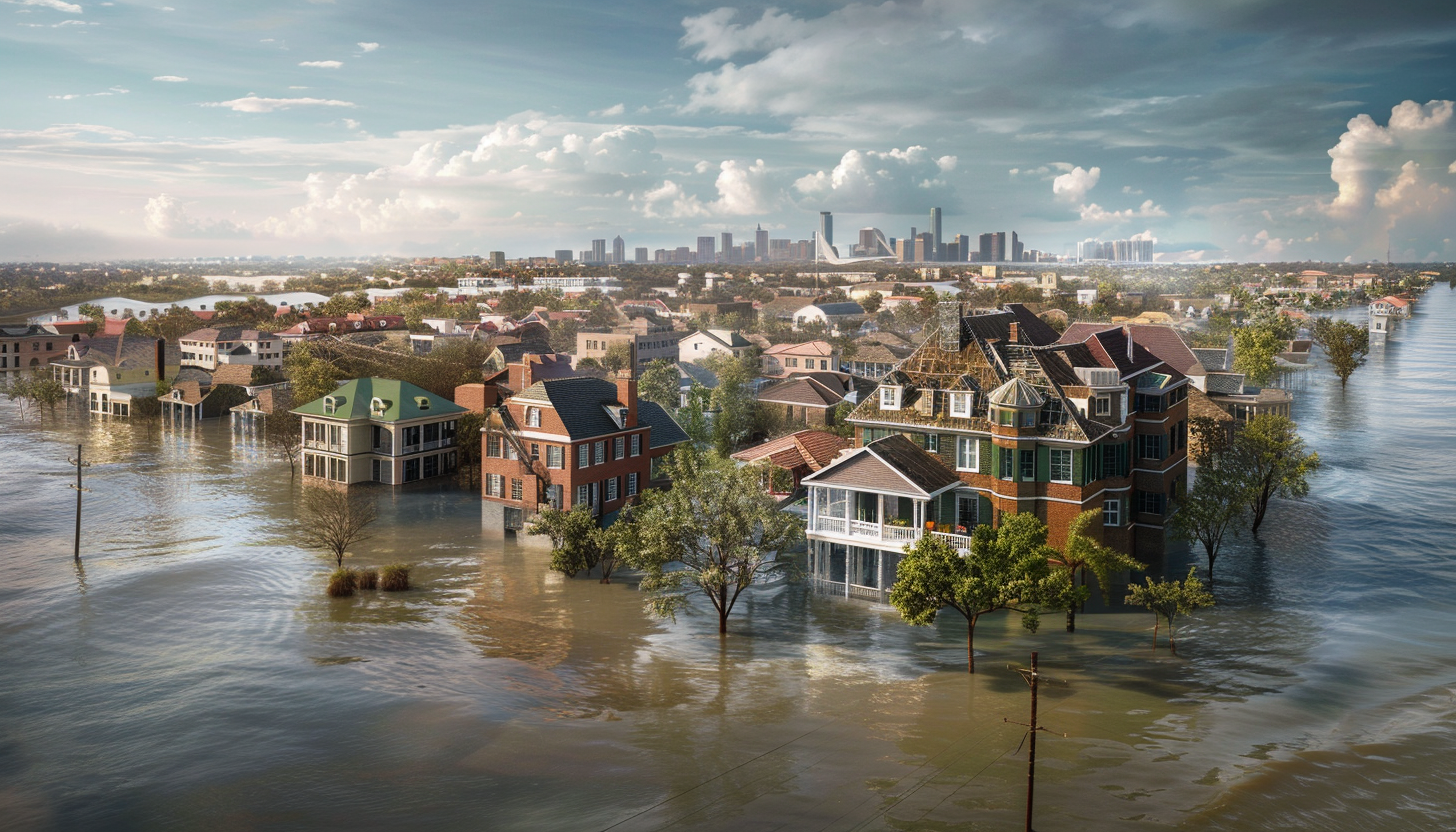
As we approach the 2024 Gulf Coast hurricane season, which typically runs from June to November, property owners, particularly those managing rental properties, should be preparing for potential storms. The Gulf Coast, stretching from Texas to Florida, is notorious for being vulnerable to hurricanes due to its proximity to warm ocean waters and prevailing weather patterns. In recent years, the frequency and intensity of storms have raised concerns about the significant impact these weather events can have on coastal communities. For rental property owners, understanding the risks and taking proactive steps to protect both their investments and tenants is crucial.
Hurricane Predictions for 2024
The 2024 season is predicted to be above average in terms of storm activity. According to preliminary reports from NOAA (National Oceanic and Atmospheric Administration) and other meteorological organizations, the Gulf Coast may see 14 to 20 named storms, with six to ten becoming hurricanes. Out of these hurricanes, around three to five could reach major hurricane status (Category 3 or higher, with winds exceeding 111 mph). With warming sea surface temperatures, storms can gain more energy, leading to stronger and potentially more destructive hurricanes.
In particular, the states of Texas, Louisiana, Mississippi, Alabama, and Florida are at risk, with low-lying coastal regions and islands being especially vulnerable. Even with sophisticated prediction technology, it's difficult to pinpoint exactly when and where a hurricane will strike, which underscores the need for property owners to be prepared for the worst.
The Impact on Rental Properties
1. Structural Damage and Flooding
One of the most immediate and obvious impacts of hurricanes on rental properties is the potential for structural damage. High winds, heavy rain, and storm surges can lead to roof damage, broken windows, and even more serious damage like the collapse of walls or flooding. Flooding is a particularly significant risk for properties located in low-lying areas or near bodies of water like rivers, lakes, or the ocean.
Even if a property does not suffer direct damage from a hurricane, the surrounding infrastructure (roads, power lines, water systems) might be affected, leading to reduced accessibility or essential services. Rental properties that experience flooding or significant damage can be deemed uninhabitable, which could lead to tenants needing to relocate, temporarily or permanently, while repairs are made.
2. Increased Insurance Costs
Hurricanes and tropical storms often lead to increased insurance premiums. Many property owners along the Gulf Coast already face high insurance costs due to the hurricane risk, and a particularly active season could drive these costs even higher. It's important for rental property owners to regularly review their insurance policies to ensure they have adequate coverage, including flood insurance, which is often not included in standard property insurance.
Rent loss insurance is another key consideration. If your property is damaged and uninhabitable for an extended period, this coverage can help mitigate the financial hit from lost rental income. However, property owners should read the fine print on these policies, as they may have exclusions related to natural disasters.
3. Tenant Safety and Evacuations
As a rental property owner, you have a responsibility to consider the safety of your tenants during hurricane season. If an evacuation is ordered, you may need to ensure that your tenants have access to information about evacuation routes, emergency shelters, and the necessary precautions to take. Additionally, ensuring that your property is equipped with proper storm shutters, reinforced doors, and windows, and an emergency kit stocked with essentials (such as flashlights, batteries, and first aid supplies) can help protect both your tenants and your property.
Communication is key. Make sure tenants know how to contact you in case of emergencies and discuss what to do in the event of property damage or prolonged power outages. Being proactive with hurricane preparation can help reduce panic and confusion during an already stressful time.
4. Post-Storm Recovery
After a hurricane has passed, rental property owners face the task of assessing and addressing damages quickly. Prompt repair work is essential not only for tenant safety but also to avoid secondary damage, like mold growth due to water intrusion. You should have a plan in place for post-storm inspections, engaging with contractors for repairs, and filing insurance claims efficiently.
Property owners may also need to work with tenants on moving back in or providing temporary housing if repairs are extensive. Having a local network of contractors, electricians, and plumbers who can assist with repairs can help expedite the recovery process.
How to Prepare
Preparation is key to minimizing the impact of hurricanes on rental properties. Regular property maintenance, such as trimming trees, securing loose outdoor items, and checking roof integrity, can help reduce the likelihood of damage during a storm. Additionally, having a hurricane preparation checklist and reviewing local building codes to ensure your property meets or exceeds standards is a must.
By staying informed, preparing early, and protecting both your property and tenants, rental property owners along the Gulf Coast can face the 2024 hurricane season with greater peace of mind. While the risks are real, taking proactive measures can help minimize damage and financial loss.
Read last week's blog post to learn more ways you can protect your investments during hurricane season.


